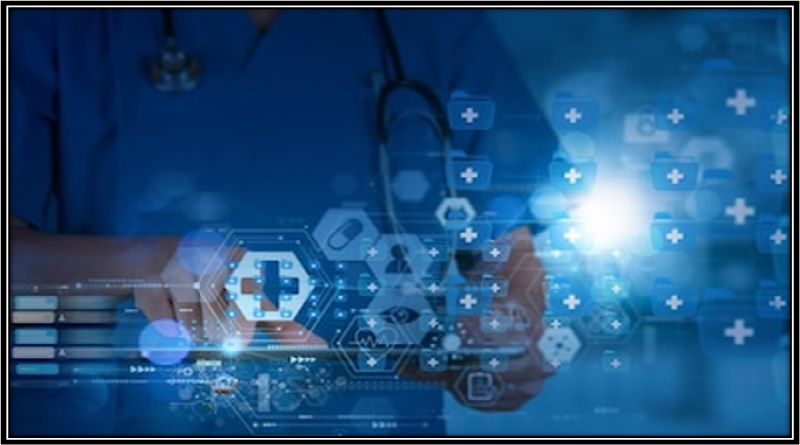Health Care and Technology
A Covid-19 We should not take our health and cleanliness for granted, thanks to the pandemic. As a result, people have begun to pay more attention to both themselves and those around them. This is not always simple, particularly during pandemics when the entire world is shut down and access to healthcare is severely limited. At that point, technology steps in to provide assistance.
Numerous studies have demonstrated the significance and advantages of integrating technology into healthcare, not only for elite healthcare providers but also for everyday people. The COVID-19 epidemic has shaken up the healthcare industry and, with the aid of technology, made it more affordable, accessible, and effective.
Healthcare and technology integration
Machine learning and artificial intelligence are two of technology’s most significant future developments. They have significantly accelerated healthcare’s development, and the industry is changing. Predictive analysis, telemedicine, augmented reality (AR), and virtual reality are just a few of the exciting features that the fusion of technology and healthcare has produced (VR).
Medical prediction analysis
Predictive analysis aids medical personnel in making quick decisions and successfully saving multiple lives, while preventing unnecessary delays and hastening the full recovery of patients. The medical staff can perhaps predict a patient’s response and side effects to a specific medication, its dosage, or with treatment thanks to predictive analysis. By remotely monitoring their critical functions, technology can also assist us in predicting and catching diseases or infections early on. It also aids in understanding how a person’s organs behave as a result of not taking preventive measures.
Now are numerous programmes and gadgets out there that can assist track and monitor people’s health and alert them to potential health issues even before they manifest.
Artificial intelligence predictive analysis
As of 2021, the largest academic healthcare system in the US is Ochsner Health System, which is situated in Louisiana. To forecast when a patient might experience a heart attack or respiratory failure, the doctors there use AI software. Predictive analysis, in the opinion of many experts, may eventually eliminate the necessity for hospitalisation altogether.
The burden of gathering a vast amount of data and trying to identify pertinent information to assist patients is considerably lessened by AI technology. By analysing the provided data and providing accurate results that will assist the patient receive better treatment, AI is capable of saving the doctor and the patient a great deal of time. The data include medical histories, lab reports, and lab imaging.
Telemedicine’s function
With the help of telemedicine, rural residents who lack access to quality medical care can connect with doctors who are located elsewhere for a thorough checkup. It aids in closing the economic and geographic divide.
Health insurance has long been a challenge for those who are unable to select or obtain adequate healthcare insurance, but thanks to technology, it is now both conveniently available and reasonably priced. They have instant access to all the knowledge.
People’s lives are being improved through technology
Technology has created career opportunities as well as improved healthcare facilities. People’s lives have benefited greatly from this interaction, including wearable health monitoring gadgets like smartwatches. Only with the aid of engineers, physicians, communication systems, and their specialised knowledge could this be accomplished.
The interaction between patients and doctors has significantly improved, according to a large body of recent studies. The explanation is straightforward: when technology advances, it transforms people’s lives in unexpected ways. Both patients’ and doctors’ experiences have been improved, and it has assisted them in building mutual trust and overcoming obstacles.
Healthcare technology advancements using virtual reality (VR) and augmented reality (AR)
Finally, the incorporation of virtual reality (VR) and augmented reality (AR) has fundamentally altered how medicine is made, genome sequencing, nanotechnology, and patient operations are performed. These are just a few examples of the medical and technical advancements in the field of healthcare. Medical students are being taught how to become surgeons using VR and AR. With the speed at which technology is developing, it won’t be long until doctors are able to treat terminal illnesses like HIV, AIDS, and cancer. In the future, with the aid of technology and healthcare, we’ll be ahead of epidemics and endemics like Ebola and Covid-19.
For More Healthcare Articles Click Here






